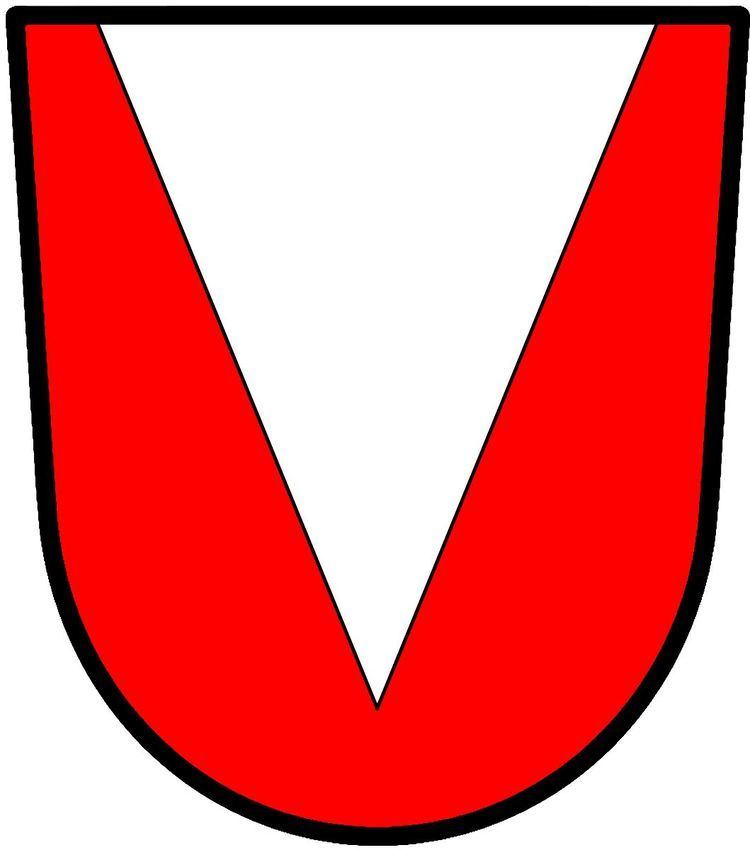 | ||
In heraldry, a pile is a charge usually counted as one of the ordinaries (figures bounded by straight lines and occupying a definite portion of the shield).
Contents
- Variant positions and varying numbers
- Variant forms
- Rare variants
- Other things in pile or pilewise
- Charge or division
- Hard copy
- References
It consists of a wedge emerging from the upper edge of the shield and converging to a point near the base. If it touches the base, it is blazoned throughout.
Variant positions and varying numbers
Though the pile issues from the chief (upper edge) by default, it may be specified as issuing from any other part of the edge or as extending from edge to edge of the shield. Although it is not supposed to issue singly from the base, this rule is frequently ignored.
Variant forms
Like any ordinary, a pile may have other charges on it, may have its edges ornamented by any of the lines of variation, and may have any tincture or pattern.
Rare variants
Occasionally piles have more than one point, appear in large numbers, have their points truncated or ornamented, have their edges ornamented, or are charged with other piles.
Other things 'in pile' or 'pilewise'
A collection of charges in a converging arrangement may be blazoned as pilewise or in pile.
Charge or division?
The distinction between a pile and a field divided per chevron inverted, or between a pile inverted and a field per chevron, can be uncertain.
The coat shown here, for the Elsenburg College of Agriculture, was blazoned by the South African Bureau of Heraldry as Per pile embowed inverted throughout gules, vert and argent; dexter a single share plough and sinister a garb, or, in base an anchor azure, cabled gules; but it could as easily be blazoned as Per pale gules and vert; on a pile inverted embowed argent, between a plough and a garb Or, an anchor azure cabled gules.
